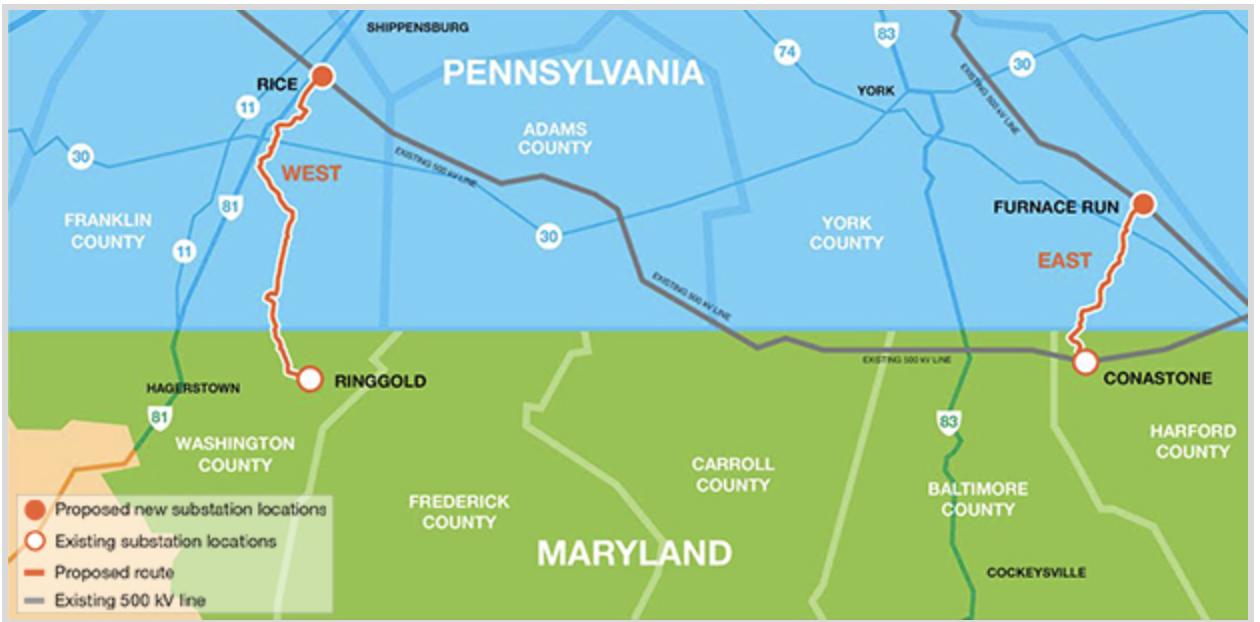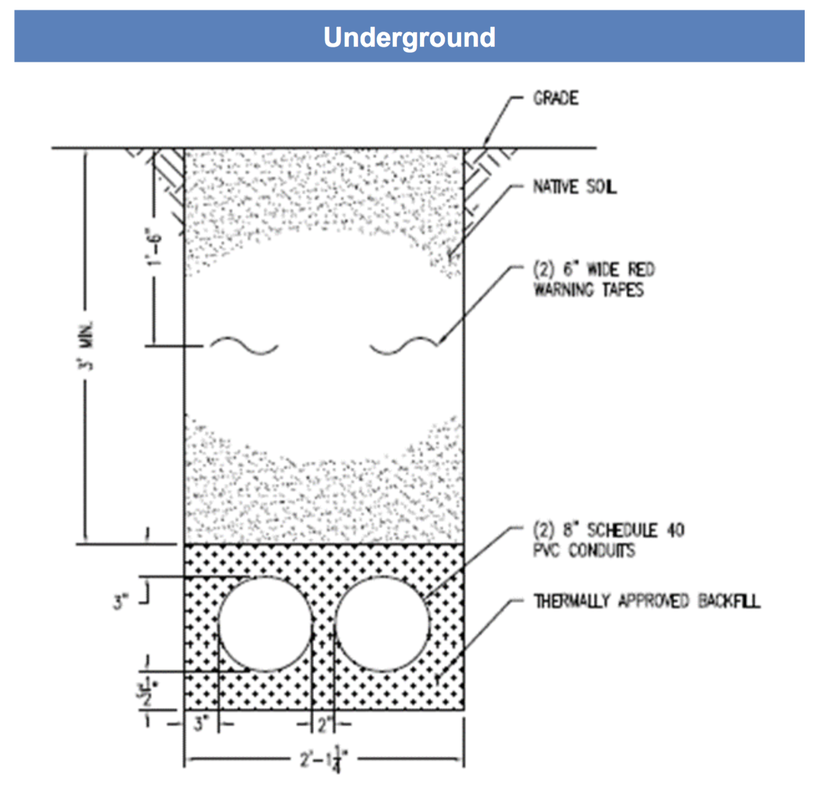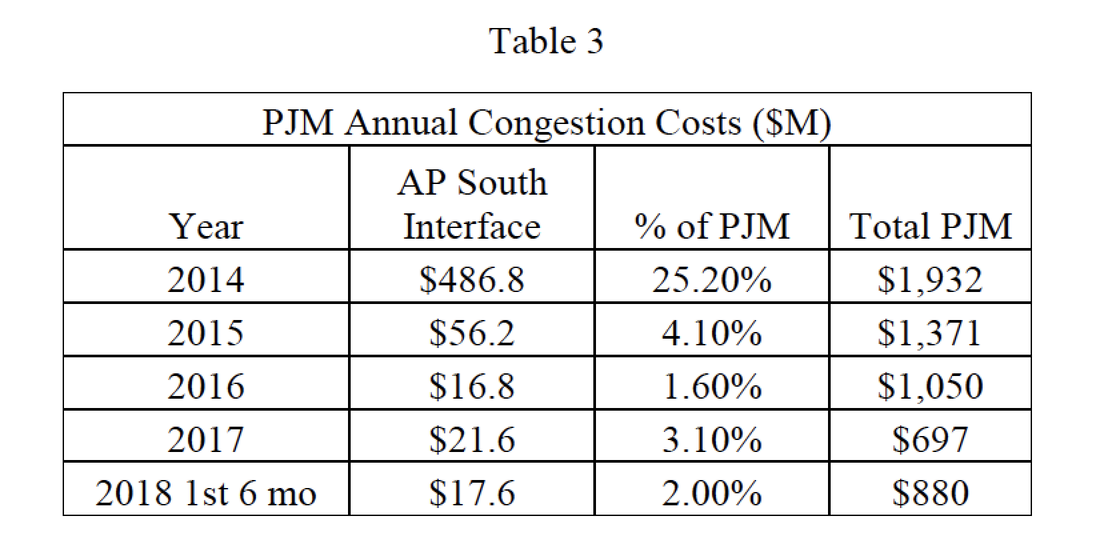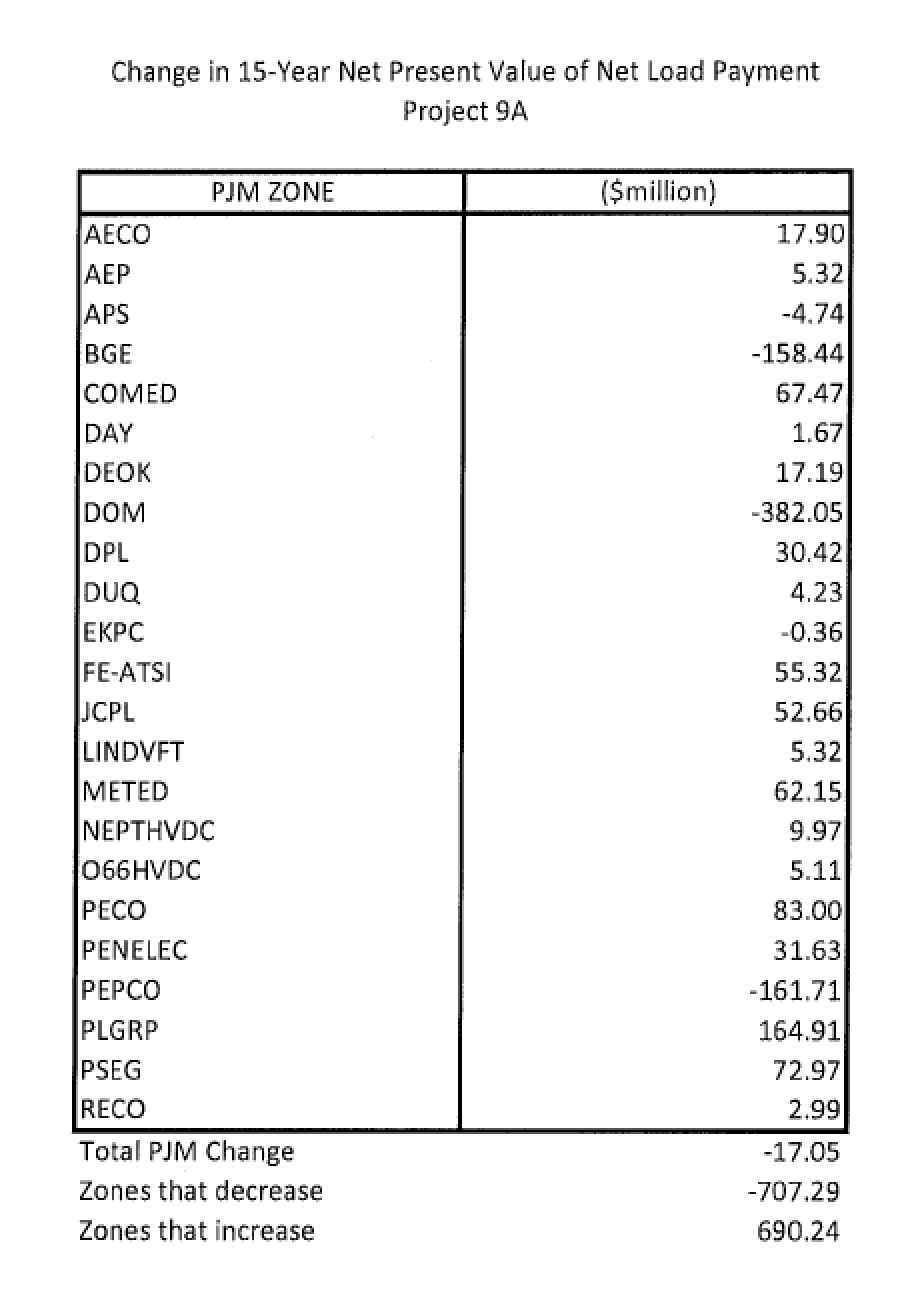Mr. Shaw is the owner and operator of Shaw Orchards. He also lives on the property, which has been in his family for generations, since the early 1800's. More than 100 years ago, Mr. Shaw's ancestors started commercial operations as Shaw Orchards.
Being a farmer is not an easy life, but yet these brave souls do it anyhow.
Farming is hard. And the farming of orchard crops is arguably the most difficult. Every time it rains during the period of April through July, my apples are at risk from disease, requiring frequent and expensive protective chemicals. We have experienced two major exotic pests in just the last 6 years, with Brown Marmorated Stink Bug, Spotted Wing Drosophila, and a third pest, The Spotted Lanternfly, which has spread to the next county will arrive next year if it is not here already. Most of the apple varieties we produce on the farm are worth little more now than they were 30 years ago, while labor, chemicals, and insurance, our three biggest expenses, have increased significantly in that time. The labor supply for the hard fieldwork is almost non-existent, and our crew size shrinks each year. My wife and I work an average of 12 hours a day, six days a week, from mid-March through November each year. We do not have a summer vacation.
Still, there is something intrinsically good about farming that is difficult to describe to those who have not experienced it. Maybe it is the challenge of overcoming all the adversity. Perhaps it is the knowledge that thousands, hundreds of thousands of people, have been nourished through our efforts. Or maybe it is a pride that our orchard is an important destination for thousands of people each year who would otherwise not be able to teach their kids where food comes from. Whatever the reason, in the sincere words of Washington, “I'd rather spend a day on my farm than be emperor of the world.”
And what will Transource's new 130-foot right-of-way across Shaw Orchards do to Mr. Shaw's business? It will make it a less desirable location for consumers.
It should come as no surprise that many customers who seek out family farms to buy fruit and vegetables are concerned with their health, and the health of their families. A large proportion of the population has concerns regarding the health effects of high voltage lines. Put simply, it doesn't matter what I think about the health effects of high voltage lines, if my customers believe that they are dangerous, then their presence will cost me money, either from people refusing to pick near them, or because they don't want food that is grown near them.
And, wait, that's not all. The Transource IEC project will also cause a dangerous possibility when sited overhead of Shaw's existing irrigation system.
We use permanently sited irrigation in many of our fields, including the field that lies under the proposed power line. There are not only concerns about damage during construction, but concern that after construction is complete, an accident in the field could cause water under high pressure to jet into the line.
...a leak in the irrigation system presented a danger to those working under the lines. In this case, a break in the irrigation line under pressure was projected to fly 100 feet in the air, causing any person that came into contact with the system to suffer an electrical shock.
And that's not all... the Food Safety Modernization Act requires Shaw Orchards to comply with food safety regulations related to contaminated fresh produce. Mr. Shaw has documented flocks of Starlings roosting on a nearby power line during migration. If the Transource line is built across Mr. Shaw's fields, birds will sit on it. And what do birds do? They poop. A lot. Even the most feeble minded among us knows that if you park your car under a tree, power line, or other overhead roost, you should expect to find it covered in bird poop. Now, who wants to eat fresh produce that's been pooped on? Nobody. And besides, it's illegal for Shaw Orchards to sell this contaminated fresh produce. It is not advisable to site power lines over fields of produce.
And what else? The farm uses helicopters to spray crops, and it also uses drones. Examples of future drone usage include counting fruit tree blossoms to predict fruit load, and looking for insect infestations before they grow large. A transmission line crossing fields makes use of these tools impossible.
The largest part of Mr. Shaw's property is preserved by Maryland's Agricultural Land Preservation Foundation (MALPF). He may never use the land for anything other than agricultural purposes. If Mr. Shaw wanted to run an electric line through his property to serve a future development, he couldn't do it. However, if Transource wants to run an electric line (and not just any electric line but a double-circuit 230 kV monster) through Mr. Shaw's property to serve electric consumers in Washington, D.C. as cheaply as possible, that's okay? Preserved land should be off limits to ALL development. And to make matters worse, if Transource is successful in taking a right-of-way through Shaw Orchards, it must compensate the MALPF for the amount it paid for the conservation easement. Mr. Shaw would receive a one-time payment for the agricultural value of the land within the easement, although that land would be encumbered in perpetuity and impacts to his business would be devastating and permanent.
And here's a story about Transource's coercion tactics that simply must be told.
On August 9, 2017 Transource held an open house at Norrisville Elementary School. I arrived between 30 minutes and an hour after the event began. As I walked in from the parking lot, I was immediately recognized by a citizen who took me by the arm and asked if it was true that the Shaws were negotiating with Transource. I was confused, and said we had not even spoken to Transource. She told me that Transource had been telling people that “the Shaws are onboard” and that we were negotiating during the meeting. I asked her to take me to the person who told her that. On the way into the building, I was recognized by Transource’s Public Affairs person, Mary Urban (whom I had never met in person). She tried to welcome me, but we continued together into the event and met the Transource representative who had been spreading the rumor. He confessed to stating that he believed we were negotiating. I told him in no uncertain terms that my family was not negotiating and that he must stop spreading rumors about me and my family. I admit to raising my voice. He was ushered out of the room by other Transource people.
Mr. Shaw also makes a few observations about need for the project that are stunning in their logic and simplicity. While PJM and Transource are scrambling to keep the public confused about the project so they remain in the dark, clear messages are so desperately needed.
In an editorial published in local papers on 9/21/18, PJM Vice President of Planning Steve Herling stated the core justification of the IEC: “After all, it would not be fair for customers in one area to consistently pay higher prices than others do simply because the system's design prevented some customers from accessing the lowest-cost electricity.” The implication of this statement is that all customers are entitled to the lowest-cost electricity possible. There is no assertion here that there is any law, regulation, constitutional guarantee, or even a policy that would indicate that there is something wrong with the status quo. Instead, he says, “it would not be fair.” This project is predicated solely on the assumption of an entitlement that is documented nowhere.
I believe that proximity to generating facilities should matter. People who live near generators should pay less for electricity. These are the people who tolerate the noise, the emissions, the visual impacts, and the other deleterious effects of large generating facilities. These are the people who absorbed the capital charges for existing facilities in their rates over the years. There is as little logic in Mr. Herling's statement as there is legal responsibility to approve a market efficiency project... none.
Large-scale transmission intended solely to decrease Locational Marginal Price (LMP) has the adverse effect of discouraging investment in generation capacity in the destination market. Maryland imports 47% of their electricity, and Washington DC imports 100%. For each megawatt that is imported into the state, the decreasing price provides less incentive for generators to make an investment in the state.
Transource IEC is hardly a harmless infrastructure project for the Shaws and Shaw Orchards. The impacts will be prolonged and severe. The project will require Mr. Shaw to completely change his operations in and near the proposed new transmission right-of-way, and hopefully recover at some point in the future, while sustaining an instant loss. For these impacts, Mr. Shaw and Shaw Orchards will not be compensated at all. Instead, he may be compensated for the value of the land, not the value the land provides year after year.
And if the Transource IEC is not built? What will be the impacts to others? They may pay a few pennies more on their electric bills, according to PJM. There's nothing "fair" about that.




 RSS Feed
RSS Feed